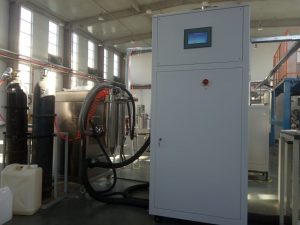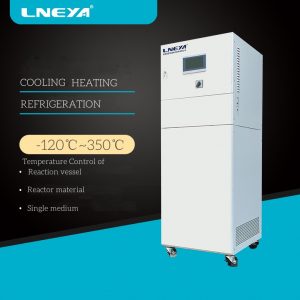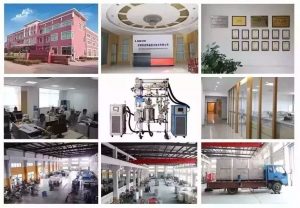What type of chiller is needed for low-temperature etching?
The low-temperature etching process usually requires extremely high precision temperature control and strong cooling ability to maintain stable operation of the etching equipment at extremely low temperatures, in order to achieve finer etching effects and optimize the performance of semiconductor devices.
For this requirement, the applicable types of coolers mainly include:
Multi channel chiller: A chiller with multiple independent temperature control circuits that can accurately control the temperature of different parts, ensuring uniform and stable temperature throughout the entire system. This is particularly important for complex etching equipment that requires maintaining different temperatures in different regions.
Low temperature chiller: This type of cooler is designed to generate and maintain extremely low temperatures, providing cooling capacity from ambient temperature to far below freezing point, suitable for low-temperature etching process requirements such as -70℃.
Closed loop refrigeration system: The closed loop system can more effectively control temperature and reduce energy consumption, suitable for etching processes that require long-term stable low-temperature operation, while reducing the impact on the external environment.
Semiconductor specific chillers: These chillers are customized to meet the needs of the semiconductor industry and have characteristics such as high-precision temperature control, fast response, low vibration, and low noise. Some are also designed with special material heat exchangers to cope with corrosive environments.
Handheld low-temperature chiller: Although not as widely used in production lines as large chillers, handheld low-temperature coolers may also be adopted in certain specific local low-temperature control or portable application scenarios due to their flexible and convenient advantages.
Therefore, the chiller used must not only achieve the required low temperature, but also be compatible and capable of handling cooling media under such special working conditions, while also having good corrosion resistance. When choosing a cooler, factors such as energy efficiency, ease of maintenance, level of intelligent control system, and ease of integration into existing production lines should also be considered.
Customization of chiller solutions
Verwandte Empfehlungen
-
Which Type of Chiller Can Be Chosen for Cooling XRD?
1048Which Type of Chiller for Cooling XRD?
Details anzeigen -
What is the reason for non condensable gas in the condenser of ultra-low temperature cooling water c
1434When the ultra-low temperature cooling water chiller is running, it is necessary to pay attention to the gas state generated by the condenser under a certain temperature and pressure. The existence of these gases affects the operation of the ultra...
Details anzeigen -
Heat transfer oil for cooling and heating temperature control systems in the chemical and pharmaceut
1086The cooling and heating temperature control system, also known as a high and low temperature circulator or dynamic temperature control system, is a temperature control equipment used in the pharmaceutical and chemical industry to provide cold and ...
Details anzeigen -
What Industries Can Low Temp Chillers Help?
914Maybe some of you don't know much about low temp chiller products. The low temp chiller is a kind of professional refrigeration equipment used in industrial production. In recent years, there has been a great demand for different types of low temp...
Details anzeigen -
The principle of LNEYA chiller
1102Industrial chillers are commonly used to cool products and machinery for a variety of different applications, including injection molding, tools and die cutting, food and beverage, chemicals, lasers, machine tools, semiconductors and more. In most...
Details anzeigen
 LNEYA Industriekühler Hersteller Lieferant
LNEYA Industriekühler Hersteller Lieferant















